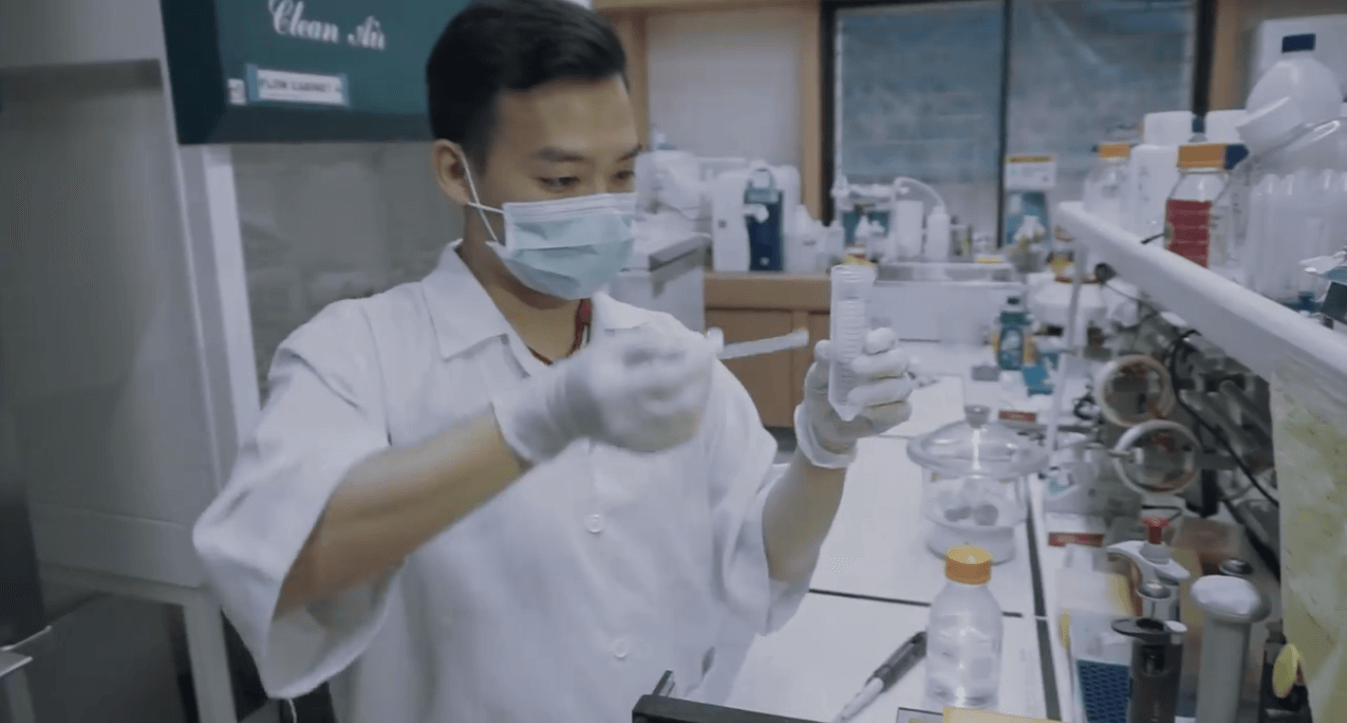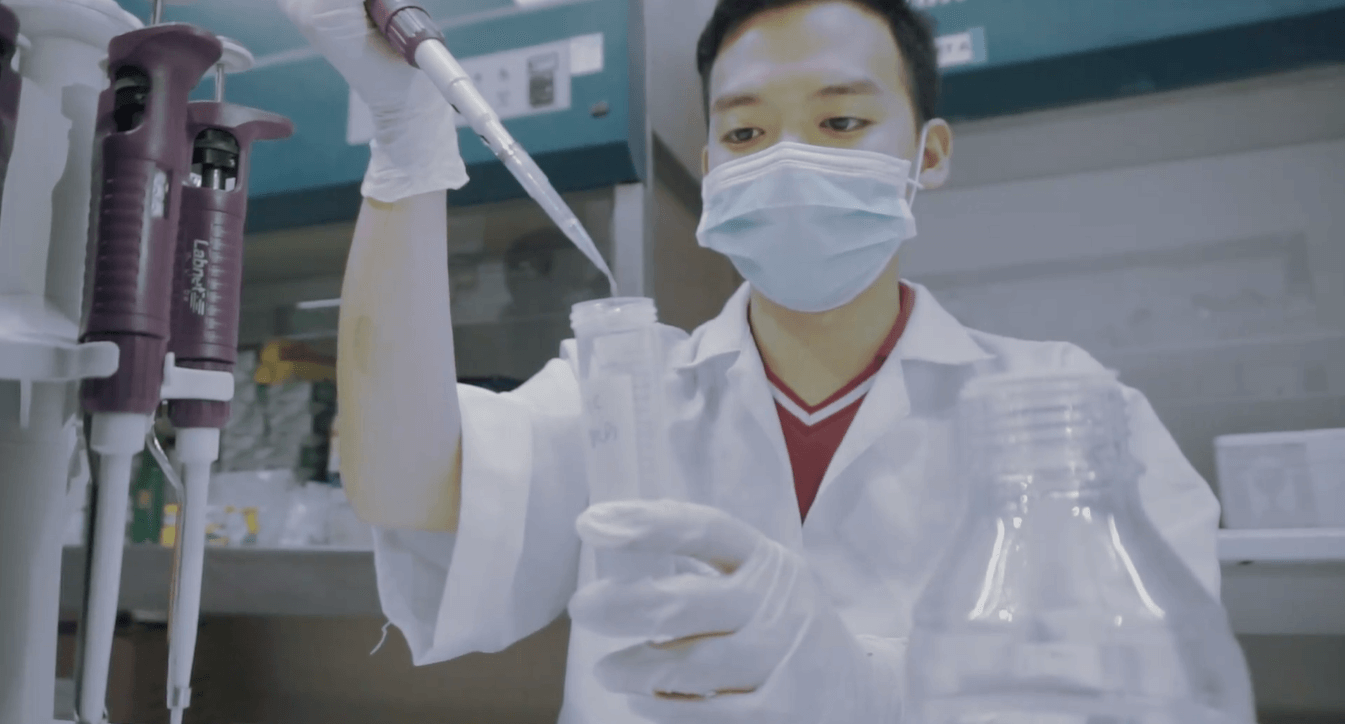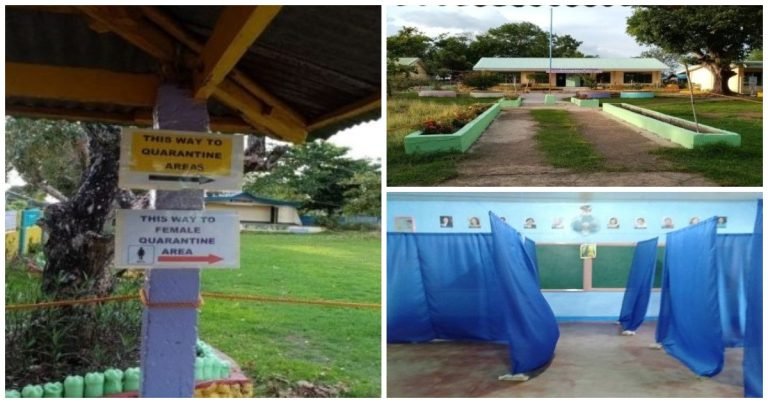A 23-year-old Pinoy research intern at the Institute of Biological Chemistry in Academia Sinica in Taiwan developed bioplastic from seaweed and mango peel.
Denxybel Montinola graduated with the course of Bachelor of Science in Applied Physics from the University of San Carlos (USC) in Cebu City, central Philippines.

Photo credit: BPI Foundation Inc. / Facebook
The Pinoy researcher showcased his innovative plastic invention at the 2019 DOST-BPI Science Awards competition last August 1 and 2, 2019.
“[This] bioplastic is created using components called pectin and carrageenan, which are derived from mango peels and seaweed,” explained Montinola.

Photo credit: BPI Foundation Inc. / Facebook
The young researcher got the idea of creating bioplastic from seaweed and mango peel after seeing a video on Facebook of someone creating a similar product using seaweed. He thought that he could improve the product using mango peel, considering that there is an abundance of mangoes in the Philippines – and mango peel is waste that could be converted into something useful instead.
With seaweed and mango peel both being abundant in the country, bioplastic from these natural materials is suitable.

Photo credit: BPI Foundation Inc. / Facebook
“I learned this bioplastic concept when I was just scrolling on Facebook and saw a viral video in which a guy created a bioplastic out of seaweed. And I thought to myself what if I will use my scientific tools and knowledge in Biophysics to recreate his invention and take [it] up a notch higher,” Montinola said.
Even with these natural materials, this bioplastic can mimic the conventional strength of conventional plastics, Montinola explained.
But what truly makes this bioplastic great is that it is something that won’t harm the environment. Made from natural products that are abundant in the Philippines and often just left to rot, in the case of the mango peel anyway, this bioplastic is capable of competing with the usual plastic materials.

Photo credit: BPI Foundation Inc. / Facebook
According to Montinola, the bioplastic totally dissolves in water without releasing toxic chemicals. That’s certainly a better alternative than regular plastics!
Learn more in this video:
https://www.facebook.com/BPIFoundation/videos/2375234146051299/



